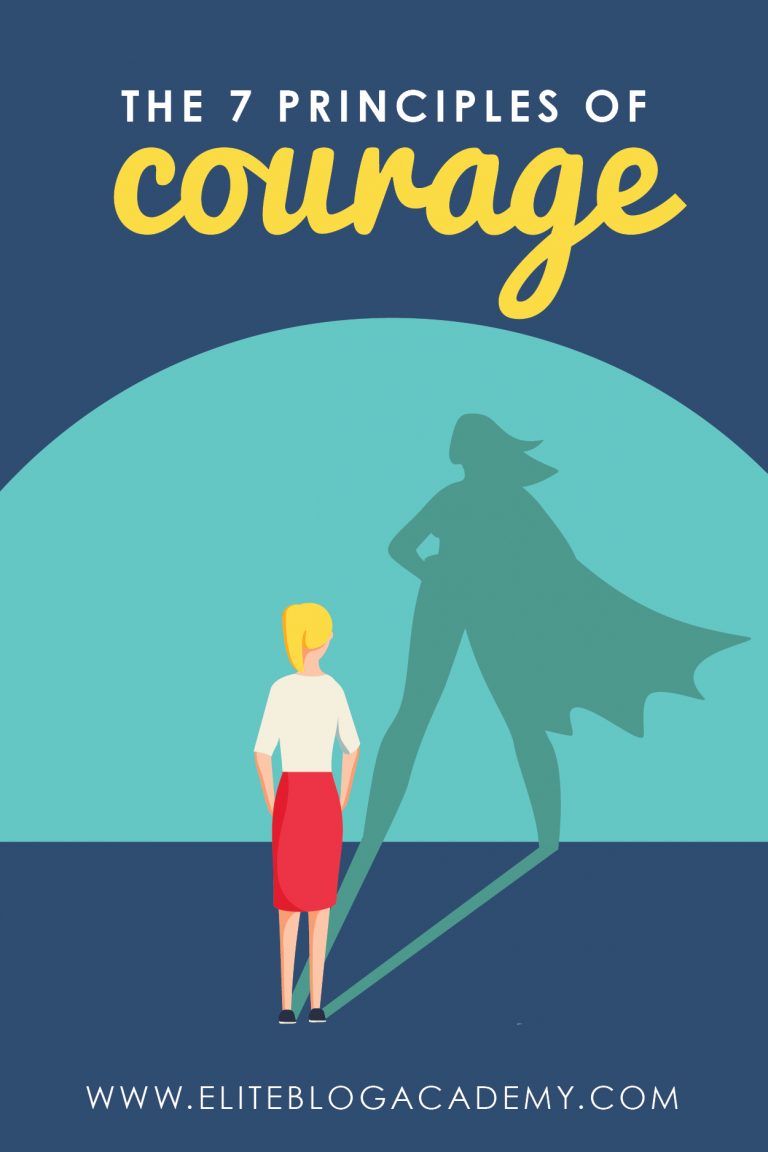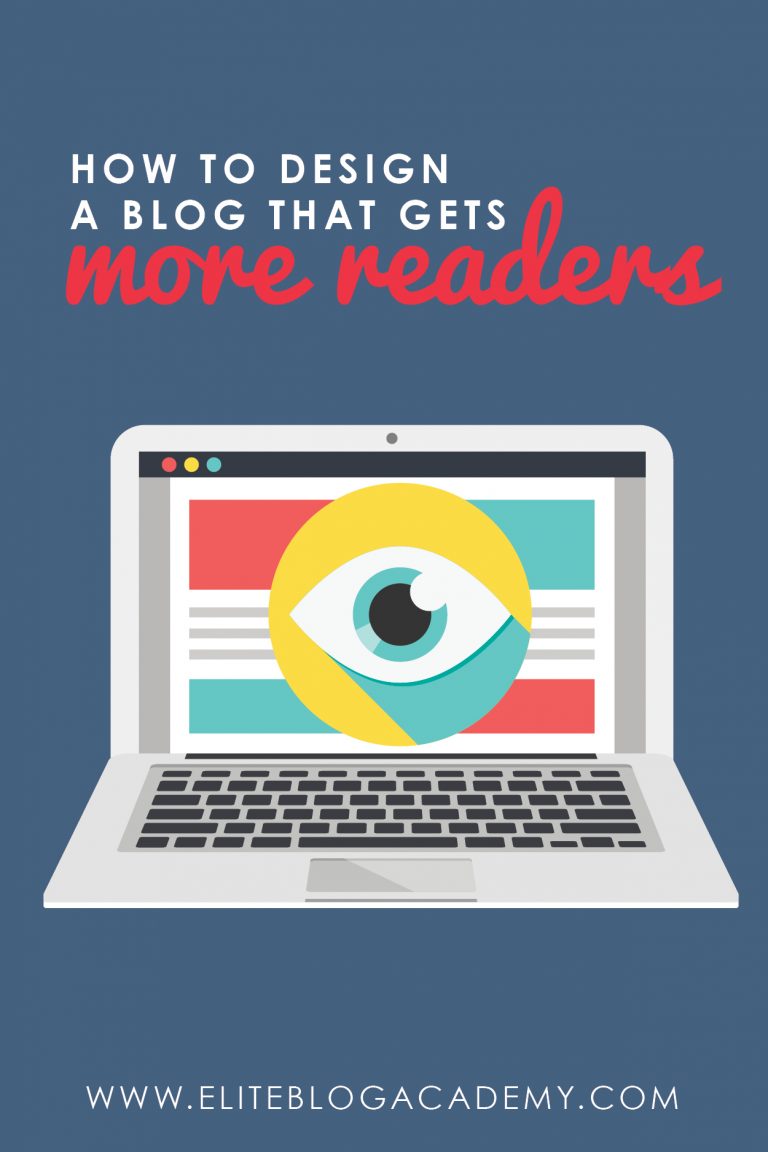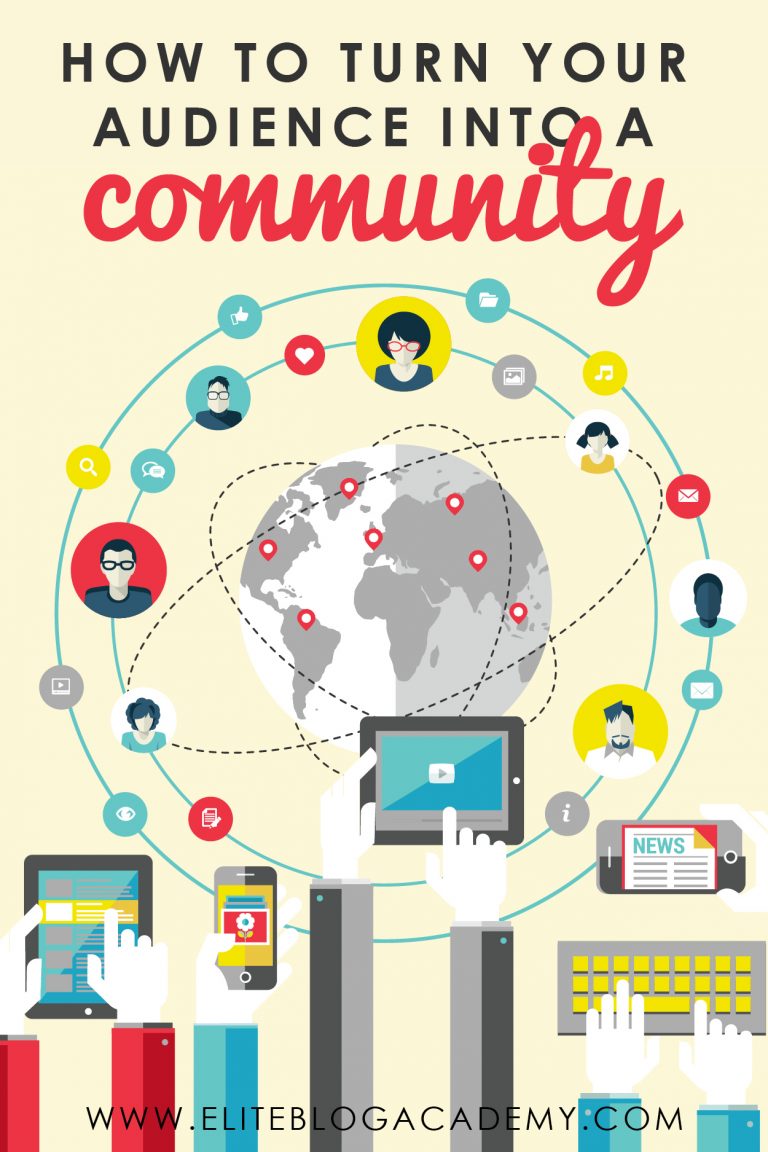How to Know Who You’re Speaking To

Do you know who you are speaking to? I mean, do you really KNOW?
If you close your eyes and imagine your dream customer, who do you see? Is it a clear picture of a person you know well, a friend you know as intimately as you know yourself? Or is it more nebulous? A fuzzy approximation of who you think your audience might be?
One of the most common fears I hear from our Powerhouse students is the worry that if you zero in on your dream customer and get too focused on whom you’re targeting, you’ll alienate your audience.

Are you ready for one sentence to change your business?
Using the right hook can do just that!
The truth is, an Instagram reel won’t change your business, at least not all on its own. But if you’re using the power of Instagram to drive leads into your business, using the right hook is vital for your success. Grab the exact hooks that have gone viral for my @ruthsoukup Instagram account again and again (and got me over 30 MILLION views and tens of thousands of new followers).
And the best part? It’s completely free! Just fill in your information below so I know where to send it.
On one level, this fear makes sense. Isn’t it smart to appeal to as many people as you possibly can? Shouldn’t we broaden our scope and be more inclusive? Shouldn’t we try to grow by casting a wide net?
In a word, no. The reality is that when you try to talk to everyone, you’re really talking to no one.
Think about it–your number one goal in content marketing is connection. The more specific you can get and the more you can hone in on talking to one person, the more connection you’ll foster.
But it’s not always easy, or even naturally to think about talking to just one person. I know when I started out, I thought in more broad and generic terms. I even did a few reader surveys to try to get more demographic information. My thought process went something like, “Okay, so I’m targeting women aged 25 – 45 who live in a certain area and are interested in X, Y, Z…”
Sound familiar?
But the problem is, when we think in those broad and generic terms, we’re not really connecting. We don’t understand who our audience IS. What makes them tick? What are their goals? What are they looking for?
In order to foster that real sense of connection, you need to know your audience on a personal and intimate level. And the more you can hone in on that one individual in your audience, the one person you’re speaking to — the more personal and intimate your content will feel.
So it’s time to really get to know your dream customer.
Why You Need to Get Serious About Defining Your Dream Customer
Now at this point, you might be thinking, “I think I have a pretty good general idea of who my audience is… Why do I need to get specific?” And that’s a valid question. But I promise — the more you hone in on your dream customer and get to know the specifics about them, the easier content creation will be. Don’t believe me? Here are just a few of the ways knowing your audience will improve your processes and results:
Messaging Gets Easier
When you know who your dream customer is on a personal and intimate level, messaging will become so much easier. Instead of speaking to a faceless audience you don’t really know, you’ll start to feel like you’re talking to a friend. It’s easier to talk to a friend because you know them: you know their life, you know their struggles, you know the ins-and-outs of what they’re going through.
Let’s look at an example of this. Let’s say you were writing an email to your best friend about how to organize her closet. Well, she’s your best friend! You already know her, so you know what she’s going to struggle with in organizing, you know what her closet looks like, you know the kind of advice she’s going to respond well to. You know her, you love her, and you know how to talk to her, so writing that email feels natural and easy.
But let’s say you had to write an email to a large group of people on how they should organize their closet. Well, that’s a little more difficult. You don’t really know anything about them. What’s wrong with their closets? Are they already fairly organized, or are they starting from scratch? You’re grasping in the dark, and without knowing all those personal details about whom you’re addressing, it becomes harder to write.
The same is true when you really get to know your dream customer. You start to think about them — and speak to them — like you would with a friend. Once you have that friendly relationship, the content just starts to flow.
Choosing Topics Becomes Easier
When you get to know your dream customer on a deeper, more personal level, it’s also going to facilitate coming up with ideas.
When you spend the time to really dig deep and get to know your audience — their hopes, their dreams, their struggles — you’ll be able to write about things they connect with. You’re going to be an idea machine because you know exactly what kinds of things they want to know about.
Again, it’s like the relationship you would have with a close friend. When you know someone really well, you know the kinds of things they love and want to know more about — and you know the kinds of things they have no interest in at all. When you know your audience like you know your friends, you can use that knowledge to come up with amazing topic ideas they’ll really connect with.
Building Your Audience Becomes Easier
It may sound counterintuitive, but it’s true — the more you narrow your focus and speak to a specific person, the broader your appeal will be and the easier it becomes to build your audience.
Here’s why: when you get personal with whom you’re writing to (instead of the broad and generic audience I mentioned earlier), you bring a realness and authenticity to your content. That realness and authenticity is what people connect with.
You won’t appeal to everyone — that’s impossible — but by being more personal, more of your audience will think, “Oh my gosh! It’s like she’s talking to ME!” And that feeling of connection? That’s what builds your audience.
How to Define Your Dream Customer
Okay, now that you know exactly why you want to get really specific on your dream customer, let’s talk about the how. The how is creating a real, relatable persona to represent your audience.
Here are some helpful tips to narrowing and defining your dream customer and creating a specific audience persona:
Start With the Basics
You’ll want to start off with the basics. Things like:
- Age
- Gender
- Number of children
- Income level
- Location(s)
Dig a Little Deeper
Once you’ve established the basics, you’ll have to dig a little deeper and get a bit more personal. You’ll want to narrow in on things like:
- Needs
- Wants
- Concerns
- Where do they shop?
- Where do they work?
- What blogs or websites do they read?
… And Then Dig Even Deeper
Then you want to dig down even deeper to get to those really personal details. This will flesh out your persona and help you identify the specific people in your audience. Ask yourself questions like:
- What are this person’s dreams?
- What are their hopes?
- What are their fears?
- What are the things no one knows about them?
- What are the things they struggle with, but feel too embarrassed to ask help with?
- What brings them real joy?
- If I could solve one problem for them, what would it be?
Now, obviously, you won’t be 100% certain — you’re not a mind reader! And that’s totally okay. There are no right or wrong answers when creating your audience persona. You’re coming up with answers to these questions and creating your persona based on what you know about your audience and based on the type of audience you really want to connect with.
Crafting Your Dream Customer Profile
Once you have answers to all the questions above, it’s time to write out your dream customer profile, which is also called an “avatar.” You want your persona to jump off the page and feel like a real person.
Let’s take a look at how an actual persona would look written out. Let’s say, as an example, you have a business about starting a crafting business. Your audience persona might look something like this:
“Carol is a 42-year-old stay-at-home mom with two children, ages 10 and 8, who lives in an affluent suburb of New York City. Her husband is a doctor who works in Columbia, and the family is financially well off so that Carol’s children can go to private school and she doesn’t have to work. Carol loves crafting and has been knitting, quilting, painting, and creating various crafts since her children were very small. She has a knack for it and really enjoys it, but she worries her husband and friends find it frivolous. She hopes to one day start an Etsy shop, but she doesn’t feel she has the technical skills or the confidence to move forward. She’d love to connect with other people in the crafting world and learn more about how to turn her hobby into a business.’
Carol has a lot of acquaintances, but she often feels like she doesn’t have any real friends. All the moms at her children’s school seem catty and judgmental, like there is an unspoken competition for who can be the prettiest, whose children are the most talented, who drives the best car, who lives on the best street, and so on. Carol finds it completely exhausting, and sometimes she finds herself avoiding the other moms just to avoid the competition.
The truth is that she worries she can’t compete. She’s not the prettiest or the most talented, and sometimes she wonders whether her life even matters for anything. She sometimes feels forgotten and insignificant and small, and more than anything, she wishes she had one person in her life who really understands her.”
Do you see how powerful that can be? With a dream customer that specific, you know exactly whom you’re talking to every time you create content. Because of that, the content you create is going to connect on a deep level with your target audience.
As you work to create your dream customer, keep in mind that the persona you develop will likely share some characteristics with people you know–your sister, your mom, or your best friend–or even to yourself, and that is perfectly okay! The key is to get a fleshed-out character on the page. That way, when you write, you’re not writing in the dark. You’re writing specifically for your friend, Carol
If this feels like a lot to take in, I totally get it! I know that figuring out who exactly is in your audience can feel overwhelming. But by really narrowing in and understanding whom you’re speaking to, you’ll have an easier time writing for your audience — and an easier time connecting with them, too.
If you’ve done this exercise, I’d love to hear your thoughts on what you discovered! Who are you talking to, and how has it impacted your content?








So true! After doing the avatar exercise in EBA, I’ve nailed my avatar to a single person. It’s actually a guy I used to work with.
I blog about personal finance and when I think about whether I need to explain things further, I just think about whether my old colleague would have understood it. We used to have long chats about money and investing all the time.
Same goes for when I write with humour or something that’s close to the bone. I just think, would my old mate find this funny or approve? Really helps me to nail my tone.
Can you make up the person you want to speak to ? And then go from there?